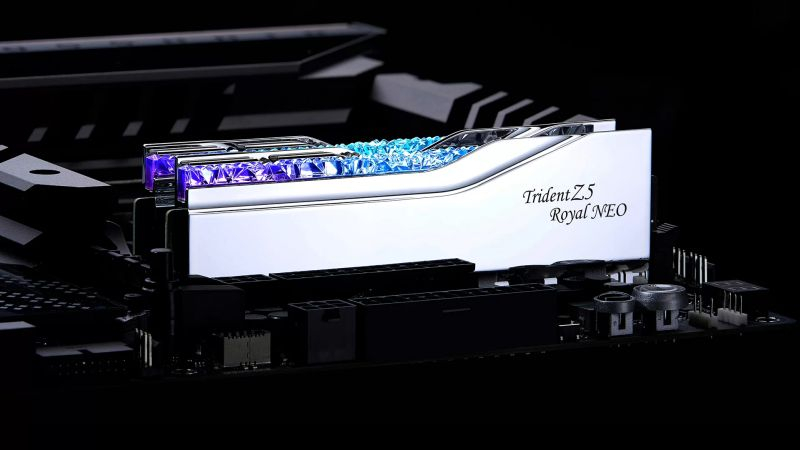Optimizing RAM operating modes traditionally comes down to a choice between capacity and speed, since the more chips are used in the system, the worse they tolerate increasing clock frequencies. With its new experiment, G.Skill decided to go against the rules by forcing a set of two 24 GB memory modules to operate in DDR5-9000 mode.

Image source: G.Skill
Considerable credit for the success of the experiment, presumably, should be attributed to the Asus ROG Crosshair X870E Hero motherboard, which supports the NitroPath DRAM Technology function. In fact, Asustek Computer engineers not only improved the layout of the motherboard in terms of improving the stability of the RAM, but also modified the standard DIMM slots for installing DDR5. They literally became stronger, withstanding the numerous reinstallations of memory modules that are typical for motherboards used by active enthusiasts.

One way or another, in the specified motherboard paired with an AMD Ryzen 7 8700G processor, a set of two Trident Z5 Royal Neo memory modules with a capacity of 24 GB, supporting AMD Expo profiles, was able to work in DDR5-9000 mode with timings CL44-56-56 . At the same time, this result proves the potential of AMD Ryzen processors to work with memory modules in extreme modes, because the memory controller has been built into central processors for a long time, and therefore the overclocking potential of the entire system depends on them.